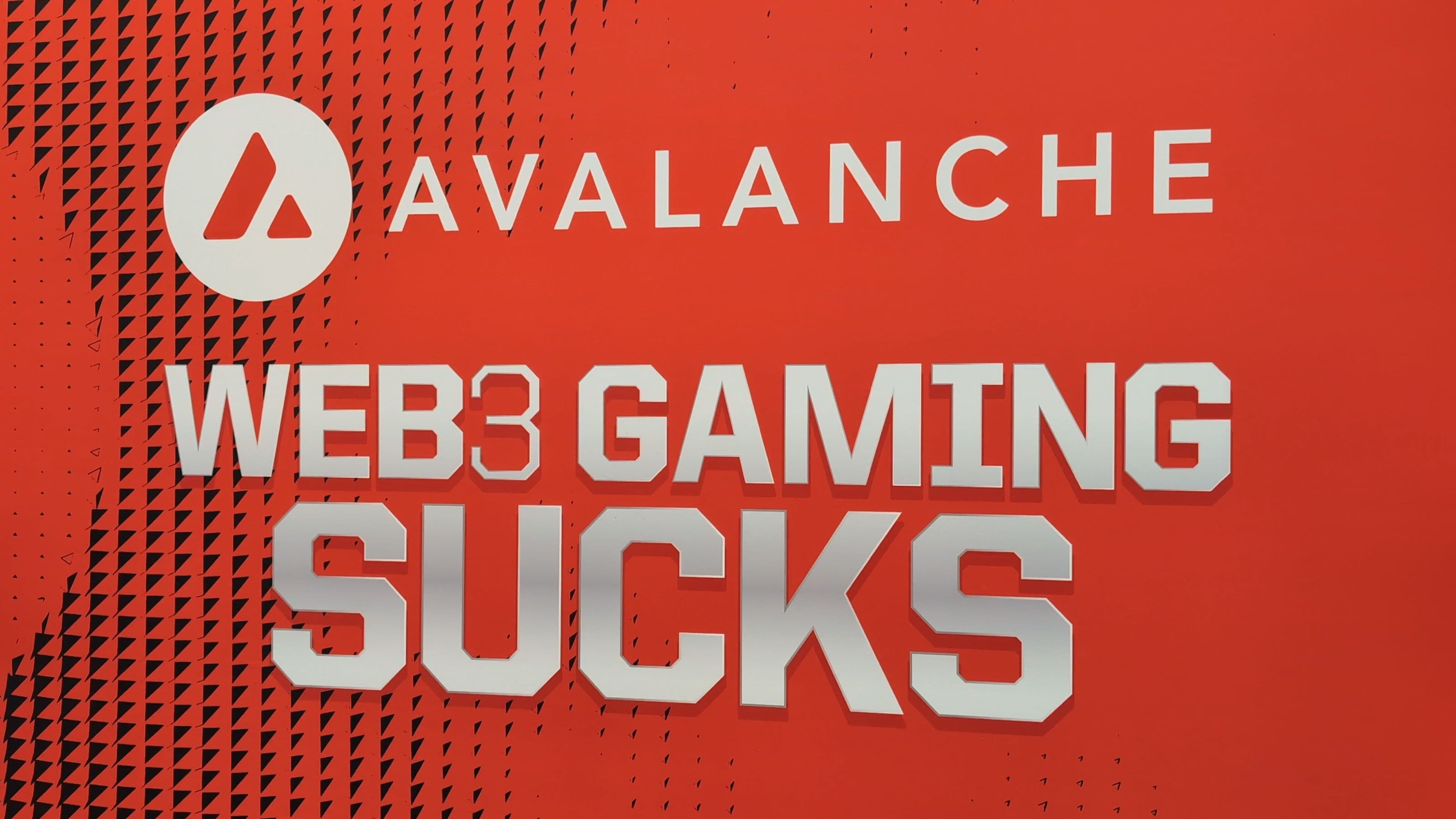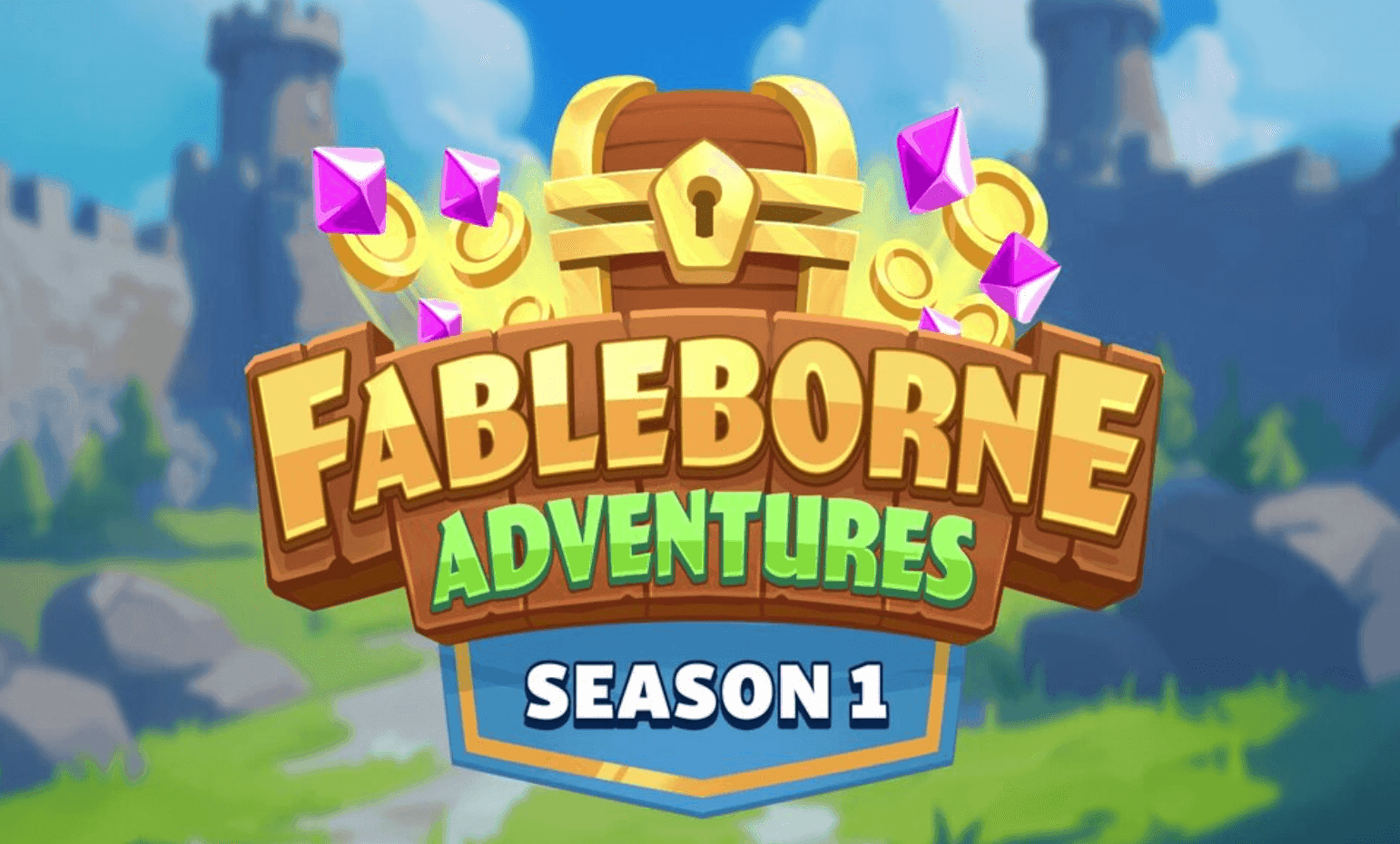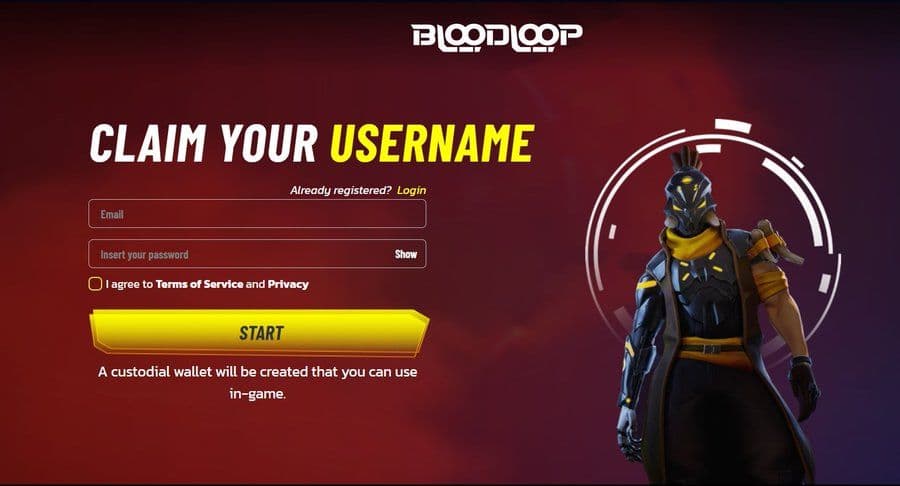A new marketing strategy, Play-to-Airdrop (P2A), is capturing the attention of developers and players alike, reshaping how games attract and retain users. This approach offers a fresh take on the Play-to-Earn (P2E) model that has been popular in recent years. In this article, we will cover everything you need to know about the Play-to-Airdrop (P2A) model - specifically looking at the impact on web3 games like Spellborne, Fableborne, and BloodLoop - built on the Avalanche blockchain.

Play-to-Airdrop (P2A) on Avalanche Blockchain
First, Some Key Definitions
Play-to-Airdrop (P2A): "A marketing strategy that incentivizes players through potential future token airdrops tied to their in-game activities and engagement, including content creation."
Play-to-Earn (P2E): "A genre of blockchain-based games that incorporate player-owned economies through the use of in-game assets represented by tokens and NFTs.”
Blockchain Game: "A blockchain game is any game that uses blockchain technology to enhance or rearchitect traditional video games."
NFT Game: "An NFT game is a video game that uses NFTs as a core part of their gameplay and economy. NFTs, or Non-Fungible Tokens, are 1-of-1 tokens generated by smart contracts and blockchain technology"
Play-To-Earn Model Explained
Play-to-Earn (P2E) games are a genre of video games where players receive rewards in the form of valuable commodities with real-world value. Unlike traditional games, where progression relies on leveling up characters, acquiring in-game items, and completing quests, challenges, and missions to gain experience points, P2E games offer tangible rewards for player participation.
Traditional (web2) gaming experiences do not offer rewards that translate into real-world value. In titles such as Grand Theft Auto, experience points and in-game items remain confined to the game's ecosystem without external worth. These digital assets are contained within proprietary data systems and are under the ownership of the game developers, such as Rockstar Games in the instance of Grand Theft Auto.

Play-to-Earn (P2E) Games
What is Play-to-Airdrop (P2A)?
Play-to-Airdrop (P2A) is a marketing strategy where players are rewarded with potential future token airdrops based on their in-game activities and engagement, including content creation. Unlike traditional Play-to-Earn (P2E) models, where players receive immediate token rewards, Play-to-Airdrop (P2A) creates an element of anticipation and speculation.
In a Play-to-Airdrop (P2A) model, players typically accumulate points or complete specific tasks within the game. These actions do not result in immediate token rewards but instead, increase the player's chances of receiving future airdrops or a larger share of a token distribution event.
Why is Play-to-Airdrop Gaining Traction?
The Play-to-Airdrop (P2A) model offers several advantages that make it attractive to both game developers and players:
- Balanced Economy: By delaying token distribution, developers have more flexibility in managing the game's economy, avoiding the rapid inflation often seen in Play-to-Earn (P2E) games.
- Increased Engagement: The promise of future rewards encourages players to stay active and engaged over longer periods.
- Speculation and Excitement: The uncertainty of future rewards adds an element of excitement and speculation, which can drive viral growth.
- Community Building: Play-to-Airdrop (P2A) encourages players to become more invested in the game's community and long-term success.

Play-to-Airdrop (P2A) Model
The Competitive Web2 Gaming Market
The traditional (web2) gaming market is intensely competitive, with only about 3% of PC games and 15% of console games achieving global sales of over 100,000 units annually. On platforms like Steam, approximately 80% of games fail to generate $5,000 in revenue within the first two weeks of sales.
Three Blockchain Games on Avalanche
Consequently, discovering innovative methods to build an initial player base and community can be immensely valuable. Three games on the Avalanche network—Fableborne, Spellborne, and BloodLoop—have recently adopted the Play-to-Airdrop (P2A) strategy, each seeing impressive initial player engagement:
- BloodLoop: 15,000 players
- Fableborne: 50,000 players
- Spellborne: 100,000 players

Gaming on Avalanche
Case Study: The Recent Success of Spellborne Using P2A
The early success of Spellborne, a game utilizing the Play-to-Airdrop (P2A) model, illustrates the strategy's potential:
- 100,000 Signups: This significant number of registrations demonstrates the strong initial interest generated by the Play-to-Airdrop (P2A) model.
- 2.1 Million Battles and 140,000 Monsters Captured: These high engagement figures indicate robust player activity within the game.
- 12,000 Daily Active Users (DAU): A strong DAU count points to successful player retention and consistent engagement.
These impressive statistics highlight the potential of the Play-to-Airdrop (P2A) model to drive both acquisition and retention for games using web3 technology.

Spellborne Cover Art
Ava Labs Senior Marketing Manager Andrew “Coop” Cooper, shared an exclusive quote with us: "We're thrilled to have each of these teams on Avalanche, they all show great promise. Throughout these launches we've seen each of them be extremely engaged with their communities, taking feedback and making quick adjustments which is crucial for these campaigns to succeed."
Final Thoughts
In conclusion, the Play-to-Airdrop model is proving to be a powerful tool in the gaming industry, enhancing player engagement and retention. As demonstrated by the early success of games like Spellborne, Fableborne, and BloodLoop on the Avalanche network, Play-to-Airdrop (P2A) has the potential to reshape how games build and maintain their communities.



